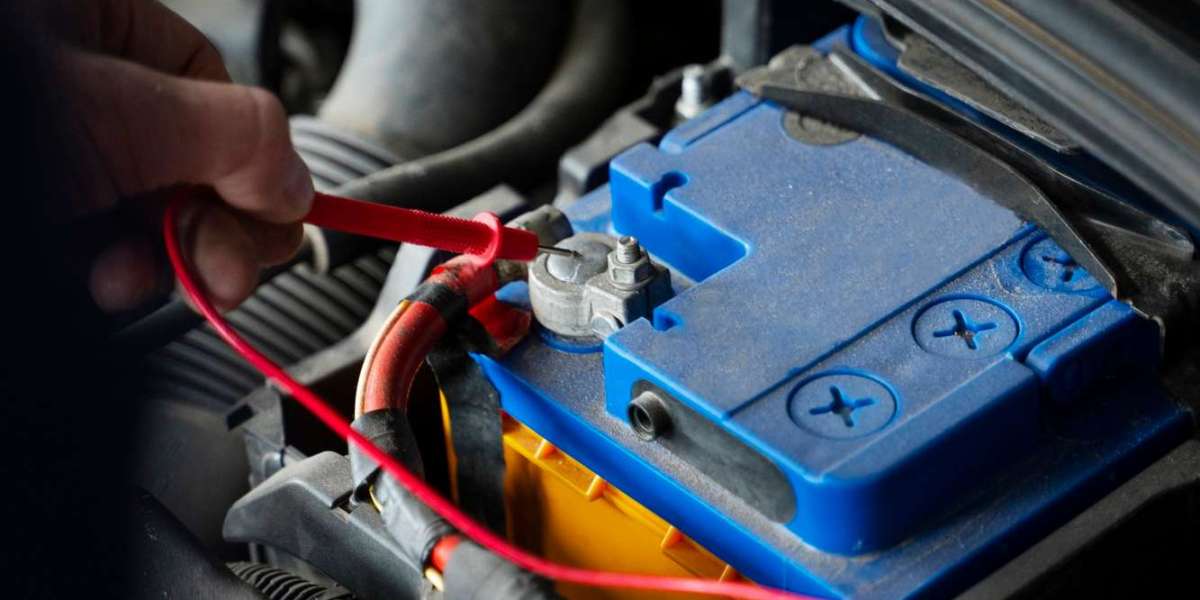article image source: freepik.com (link)
As the air turns crisp and the leaves begin to fall, many drivers unknowingly enter one of the most challenging seasons for their car batteries. Autumn might not bring the deep freezes of winter, but it’s the time when weakened batteries often meet their end. Understanding why this happens—and what you can do about it—can save you from the inconvenience of a dead battery when you least expect it.
advertisement
Why Autumn Is a Danger Zone for Car Batteries
It’s easy to assume that winter is the enemy of your car’s battery, but the real damage often begins much earlier. Hot summer months can silently weaken a battery’s internal components. When temperatures start dropping in the fall, that weakened battery finally shows its limits.
In regions like California, where daytime heat gives way to cool mornings, the rapid temperature changes put stress on already fatigued batteries. What worked perfectly in August might fail in November. Add to this the increased electrical demand of autumn—longer use of headlights, defrosters, and heaters—and your battery is suddenly working overtime.
The Science Behind Cold-Weather Battery Strain
When the temperature drops, the chemical reactions inside your car battery slow down. This reduction in reaction speed means your battery produces less energy, even though your engine requires more power to start in the cold. Around freezing, most batteries lose about 20% of their normal capacity. Add thicker engine oil and more accessories drawing power, and the system quickly becomes strained.
Early Warning Signs Your Battery May Be Failing
Before your car leaves you stranded, it usually sends a few distress signals:
Slow engine cranking on cool mornings.
Dim headlights or dashboard lights that seem weaker than usual.
Electrical systems like windows or air conditioning operating sluggishly.
Occasional check engine or warning lights caused by inconsistent voltage.
If your battery is more than three years old, it’s especially vulnerable. Extreme heat or cold can shorten its lifespan dramatically, so don’t wait for complete failure before testing or replacing it.
Practical Maintenance Tips to Extend Battery Life
A few simple habits can make a big difference when it comes to preventing battery failure in autumn and beyond:
1. Test Before the Cold Sets In
Most auto service centers and parts stores offer quick, affordable battery testing. Doing this in the fall gives you time to replace a weak battery before it becomes a bigger issue.
2. Keep the Terminals Clean
Corrosion around battery posts—often a white or greenish buildup—blocks efficient current flow. Cleaning it regularly with a mix of baking soda and water keeps your connections strong and reliable.
3. Secure the Battery Properly
Vibration from driving, especially on winding roads, can damage internal components. Make sure the battery’s hold-down bracket is tight and stable.
4. Drive Regularly and for Longer Distances
Short trips don’t allow your alternator enough time to fully recharge the battery. Try to take occasional longer drives, especially if your daily routine involves frequent short hops.
5. Avoid Parasitic Drain
Unplug chargers or accessories when the car is off. Even small drains can deplete your battery over time—especially in colder months.
6. Protect Your Battery From the Cold
If possible, park your vehicle in a garage or sheltered space. Keeping your car away from harsh cold or damp air helps preserve battery performance.
7. Invest in a Quality Battery or Charger
If your battery is nearing the end of its life, consider upgrading to one with higher cold cranking amps (CCA). These are designed to deliver more starting power in cold conditions. For vehicles that sit unused for long periods, a trickle charger can keep the battery healthy by maintaining its charge.
Autumn in California: A Unique Challenge
In areas with hot summers and mild falls—like much of California—battery failures often spike as temperatures begin to fluctuate. The heat from summer degrades internal components, and fall’s cooler mornings expose the weakness. Combine this with added use of lighting and climate controls, and even a slightly weakened battery can fail suddenly.
That’s why fall battery maintenance is just as essential in mild climates as it is in snowy regions. A simple inspection and timely replacement can prevent roadside breakdowns and save you from calling for a tow on a chilly morning.
Conclusion: A Season of Preparation
Autumn is a time of transition—for nature and for your vehicle. The same way trees prepare for winter, your car needs preparation to handle what’s ahead. Taking time now to test, clean, and care for your battery ensures a smooth start every morning, no matter how cold the air gets.
Think of battery maintenance as a small act of foresight with big rewards: reliability, peace of mind, and the confidence that your vehicle will be ready when adventure—or responsibility—calls. A few minutes of attention this fall can save hours of frustration this winter.
Sources:
Firestone Complete Auto Care: Preventing Winter Battery Issues – https://www.firestonecompleteautocare.com/blog/batteries/preventing-winter-battery-issues/
Autovantage Service Center: Fall Battery Maintenance: How California Drivers Can Avoid Roadside Breakdowns – https://www.autovantageservice.com/fall-battery-maintenance-how-california-drivers-can-avoid-roadside-breakdowns
Thank you !








